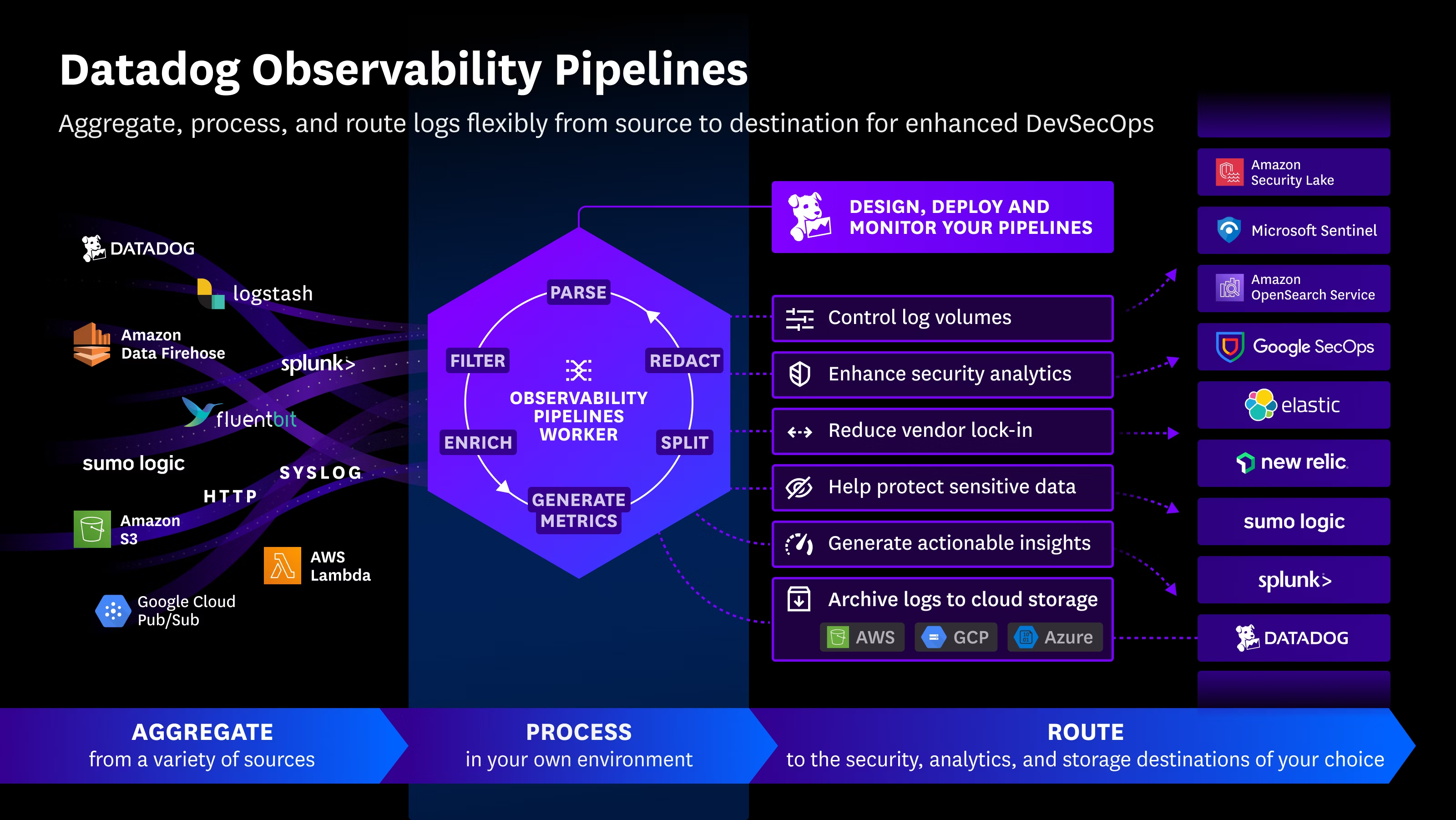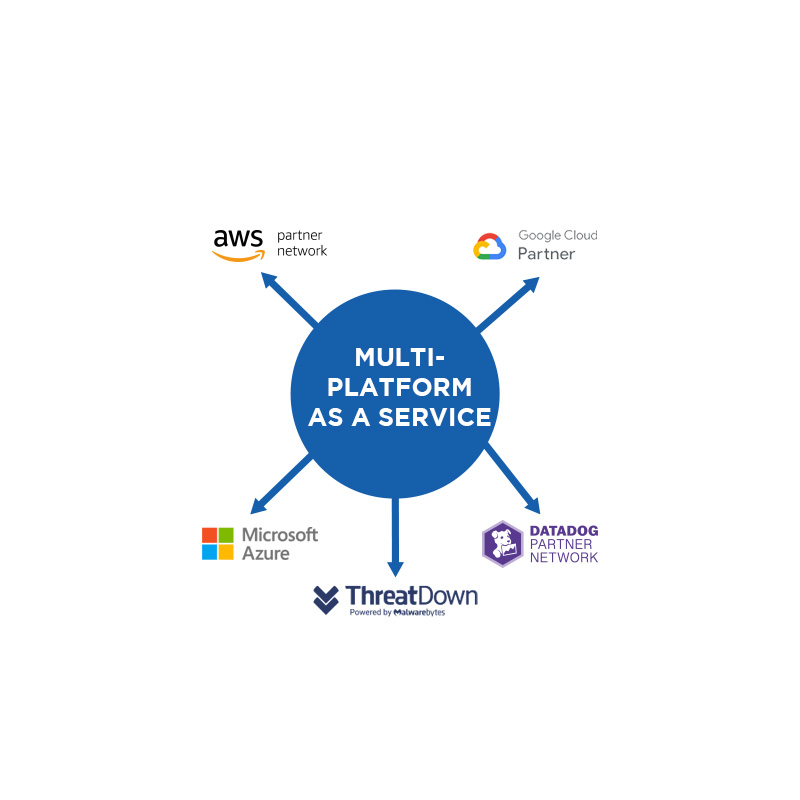Introduction
The “502 Bad Gateway” error is common when Nginx, acting as a reverse proxy, fails to pass requests to the Gunicorn application server in Django applications deployed on AWS Elastic Beanstalk. This tutorial guides you through the steps to diagnose and fix this issue, focusing on the importance of properly managing your application’s dependencies.
Step 1: Identify the Error
The first sign that something is wrong is the “502 Bad Gateway” error itself when trying to access your application after a deployment on AWS Elastic Beanstalk.
Step 2: Check the Logs
To diagnose the problem, start by checking your application’s logs on Elastic Beanstalk, specifically nginx/error.log and engine.log. Look for “connection refused” errors, which indicate communication issues between Nginx and Gunicorn.
Step 3: Verify the Gunicorn Process
Use the command ps aux | grep gunicorn to check if Gunicorn is running. In a properly configured and error-free application, this command will show multiple Gunicorn processes running, indicating it is handling requests correctly.
Application Running Correctly:
usuario 10123 0.0 0.1 23644 11300 ? S 10:31 0:00 gunicorn myproject.wsgi:application --bind 0.0.0.0:8000
usuario 10124 0.1 0.2 47600 21300 ? S 10:31 0:01 gunicorn myproject.wsgi:application --bind 0.0.0.0:8000
usuario 10125 0.1 0.2 47600 21300 ? S 10:31 0:01 gunicorn myproject.wsgi:application --bind 0.0.0.0:8000Application with 502 Bad Gateway Error:
usuario 20234 0.0 0.0 14224 924 pts/0 S+ 10:45 0:00 grep --color=auto gunicornThis result indicates that Gunicorn is not running, which is a likely cause of the 502 error.
Step 4: Run Gunicorn Manually and Diagnose Dependency Issues
If Gunicorn is not active, the next step is to run it manually to identify potential problems. Run the following command, adjusting your project name as needed:
gunicorn myproject.wsgi:application --bind 0.0.0.0:8000Running Gunicorn manually may reveal specific errors, such as missing dependencies that would otherwise not be evident.
Step 5: Update requirements.txt
If running Gunicorn manually shows errors related to missing dependencies, you need to update your requirements.txt. From your development environment, ensure all dependencies are installed and then run:
pip3 freeze > requirements.txtThis will update your requirements.txt file with the current libraries and their versions.
Step 6: Deploy with Updated Dependencies
With the updated requirements.txt, perform a new deployment on AWS Elastic Beanstalk. During deployment, Elastic Beanstalk will attempt to install all dependencies listed in that file.
Step 7: Final Verification
After deployment, verify if your application is working correctly. If you have followed the steps correctly and the issue was related to missing dependencies, the “502 Bad Gateway” error should be resolved.
Final Tips
- Keep the
requirements.txtfile updated and versioned along with your application. - Use virtual environments to isolate and manage your application’s dependencies.
- Ensure your
Procfileand any configuration files are correctly set up to start Gunicorn.
Conclusion
The “502 Bad Gateway” error in Django applications deployed on AWS Elastic Beanstalk can be frustrating, but by following these steps, you can diagnose and fix the issue. Proper dependency management is key to keeping your application running smoothly in production.

 Español
Español













